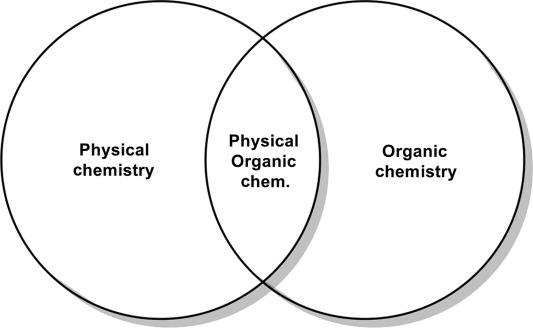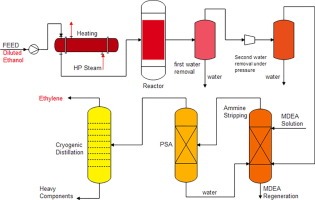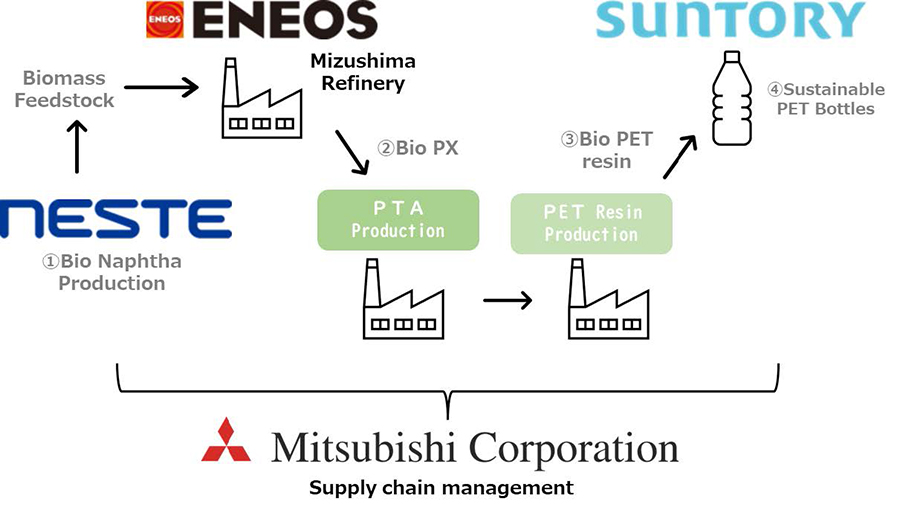Physical chemistry is a branch of science that sits at the intersection of physics and chemistry, aiming to understand and explain the fundamental physical and chemical properties of matter. It provides a bridge between these two disciplines, helping us grasp the underlying principles that govern chemical reactions, molecular structures, and the behavior of atoms and molecules. In this article, we will explore the fascinating world of physical chemistry and its significance in unraveling the mysteries of the physical and chemical universe.
The Foundations of Physical Chemistry
Physical chemistry encompasses a wide range of topics, but its core principles can be summarized as follows:
- Thermodynamics: Thermodynamics is the study of energy and heat transfer in chemical processes. It delves into concepts such as enthalpy, entropy, and Gibbs free energy, which are crucial for understanding chemical reactions, phase transitions, and equilibrium.
- Quantum Mechanics: Quantum mechanics is essential for describing the behavior of atoms and molecules on a molecular and subatomic level. It introduces wave functions, quantum states, and the quantization of energy levels, providing insight into electronic structure and molecular bonding.
- Chemical Kinetics: Chemical kinetics deals with the speed and mechanisms of chemical reactions. It explores factors that influence reaction rates, reaction order, and the role of catalysts.
- Spectroscopy: Spectroscopy is the study of the interaction between matter and electromagnetic radiation. It plays a vital role in identifying chemical compounds, determining their structure, and studying their properties.
The Importance of Physical Chemistry
Physical chemistry serves as a foundational pillar in the field of chemistry and has numerous practical applications:
- Drug Discovery: Physical chemistry techniques are critical in pharmaceutical research for studying the properties and interactions of drug molecules with biological systems.
- Materials Science: Understanding the physical and chemical properties of materials is essential for developing new materials with specific properties, such as polymers, superconductors, and nanomaterials.
- Environmental Chemistry: Physical chemistry helps us analyze environmental processes, including atmospheric chemistry, pollutant transport, and climate change.
- Chemical Engineering: Physical chemistry principles are applied in the design and optimization of chemical processes, such as in the petrochemical and food industries.
- Nanotechnology: Physical chemistry plays a pivotal role in the development of nanoscale materials and devices, which have applications in electronics, medicine, and energy storage.
The Quantum World and Molecular Structure
Quantum mechanics is a cornerstone of physical chemistry, offering a profound understanding of the microscopic world. Key concepts in quantum mechanics include:
- Wave-Particle Duality: Particles like electrons exhibit both wave-like and particle-like properties, challenging our classical intuition.
- Wave Functions: Wave functions describe the probability distribution of finding particles in certain regions of space. They are used to determine the electron density around atoms and molecules.
- Quantum States: Quantum states are the allowed energy levels of particles within a system. In atoms, they correspond to discrete electron energy levels.
- Schrödinger Equation: The Schrödinger equation is a fundamental equation in quantum mechanics that describes the behavior of particles in a quantum system.
Chemical Reactions and Equilibrium
Thermodynamics and chemical kinetics are essential tools in physical chemistry for understanding chemical reactions and their equilibrium. Key topics include:
- Enthalpy and Entropy: Enthalpy is a measure of heat energy in a system, while entropy represents the system’s disorder. The second law of thermodynamics states that the entropy of an isolated system always increases.
- Gibbs Free Energy: Gibbs free energy combines enthalpy and entropy to predict whether a chemical reaction is spontaneous or non-spontaneous.
- Chemical Equilibrium: Equilibrium describes a state where the rates of the forward and reverse reactions in a chemical system are equal. The equilibrium constant, �, is crucial in quantifying this state.
Spectroscopy and Molecular Analysis
Spectroscopy is a powerful tool in physical chemistry for studying molecular structures and properties. Techniques include:
- UV-Visible Spectroscopy: This method examines the absorption of light by molecules, providing information about electronic transitions and molecular bonding.
- Infrared Spectroscopy: Infrared spectroscopy probes molecular vibrations and is used for identifying functional groups in organic compounds.
- Nuclear Magnetic Resonance (NMR) Spectroscopy: NMR spectroscopy reveals the arrangement of atoms in a molecule by analyzing the magnetic properties of atomic nuclei.
Applications and Future Prospects
Physical chemistry continues to evolve and contribute to scientific advancements:
- Computational Chemistry: High-performance computing enables simulations of complex chemical systems, aiding in drug discovery and materials design.
- Renewable Energy: Physical chemistry plays a crucial role in developing sustainable energy sources, such as solar cells and energy storage devices.
- Quantum Chemistry: The field is at the forefront of quantum computing, which may revolutionize our ability to solve complex chemical problems.
Conclusion
Physical chemistry serves as the bridge between physics and chemistry, unraveling the mysteries of the physical and chemical world. Its principles and techniques are vital for understanding molecular behavior, chemical reactions, and the properties of matter. As we delve deeper into the quantum realm and harness the power of physical chemistry, we unlock new possibilities in materials science, medicine, and technology, shaping the future of scientific discovery and innovation.











